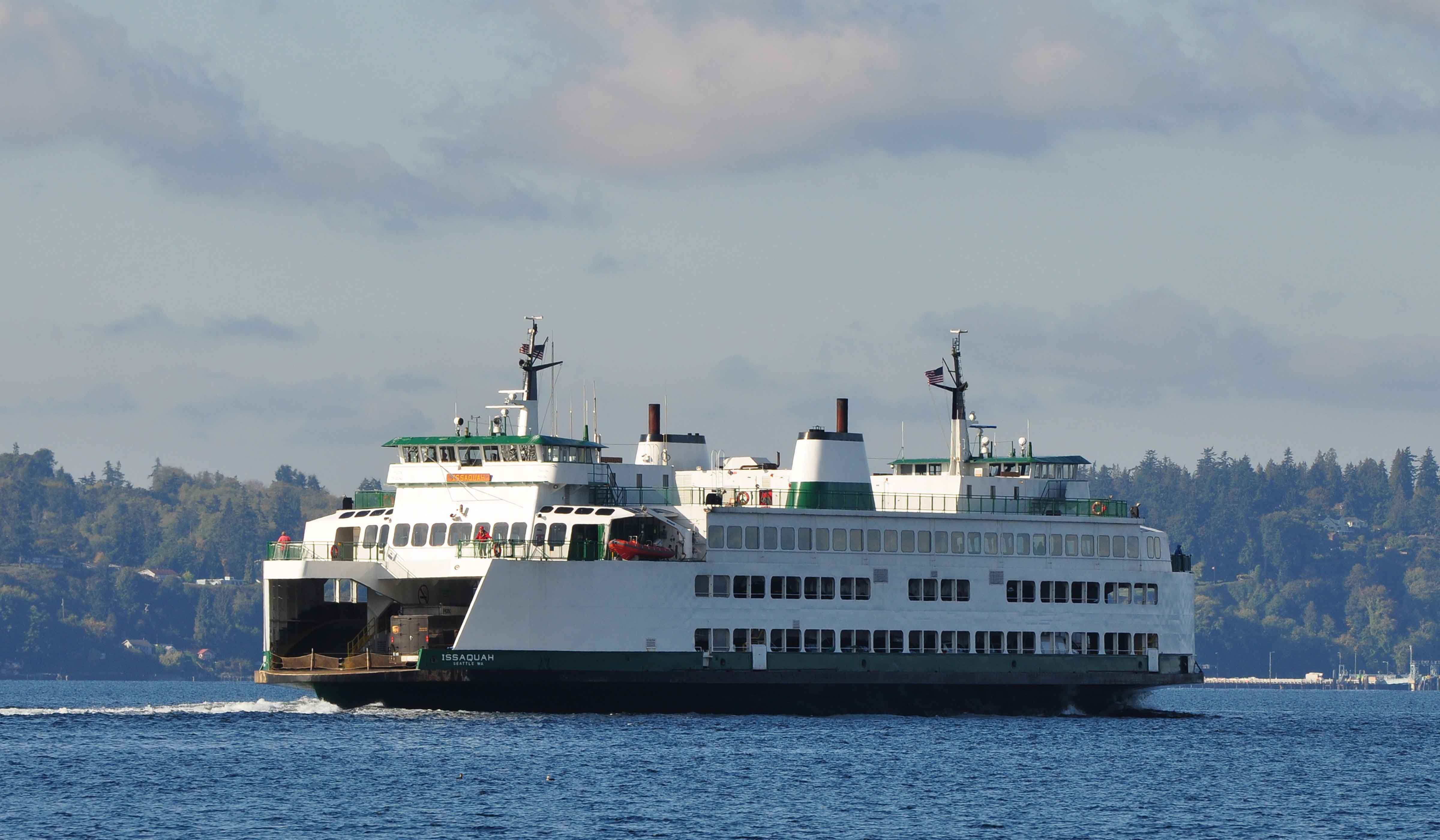The Washington State Ferry (WSF) System’s Triangle Route (Fauntleroy, Seattle – Vashon Island – Southworth, Port Orchard) is heavily used and experiences a number of significant operational challenges. To improve operation of the Triangle Route, WSF would like to identify and evaluate operational concepts for the route that would not only improve ferry service performance but that could be implemented within the budget constraints of the agency, with a specific focus on the Fauntleroy terminal during periods of peak use.
The most significant issue for the Triangle Route is a lack of capacity during peak periods, a problem exacerbated by the limited size of the Fauntleroy dock, which was built in the 1950s. To address this and related challenges, the researchers examined five alternative operational concepts. In several cases, they evaluated multiple variations of a given concept.
The five concepts were to
- adopt the Good To Go! automatic fare payment system;
- collect tolls only in the eastbound direction along with removing toll collection at Fauntleroy;
- increase the pre-sale of tickets;
- increase the number of carpools while decreasing drive-alone vehicle use; and
- improve traveler information, both to shift vehicles to less congested periods and to provide customers with up-to-date expectations of current ferry status and queue lengths.
The analysis of each concept of operation looked at how the potential procedures would improve the speed and efficiency of the terminal’s operations, the vessels’ load factor, the vessels’ on-time performance during peak travel periods, and if possible, the peak period capacity of the route.
The researchers recommended three operational concepts for further exploration. One is to engage in programs to increase carpooling on the Triangle Route. Another is to collect and deliver better traveler information to ferry users. Finally, the researchers recommended conducting a demonstration of the benefits of using Good To Go! technology to improve operations at the Fauntleroy dock.
The recommendations from the project team were based on evaluation of the alternative operational concepts in relation to three key factors: budget, system-wide benefits, and improved route performance. They gave preference to options that were lower cost because of difficulties in securing funding for system improvements. Also preferred were options that would scale easily to other WSF routes, thereby providing system-wide benefits, and options that would improve customer satisfaction, increase ridership, and reduce delay
Authors:
Mark E. Hallenbeck
Emily Scott
Washington State Transportation Center-UW
Sponsor: WSDOT
WSDOT Technical Monitor: John Vezina
WSDOT Project Manager: Jon Peterson

